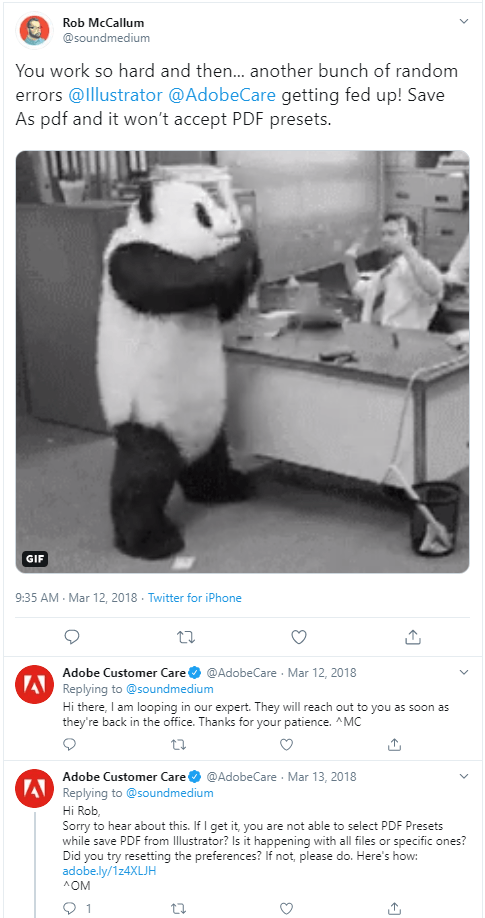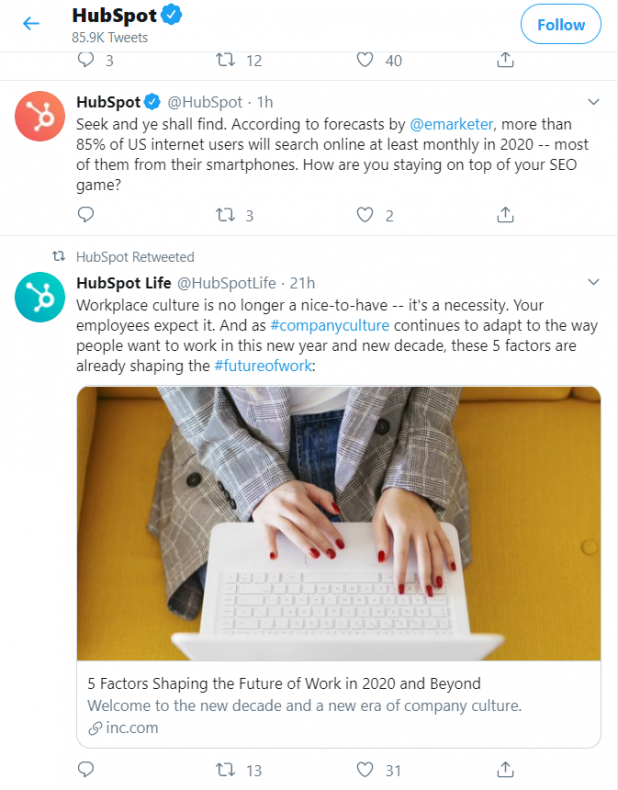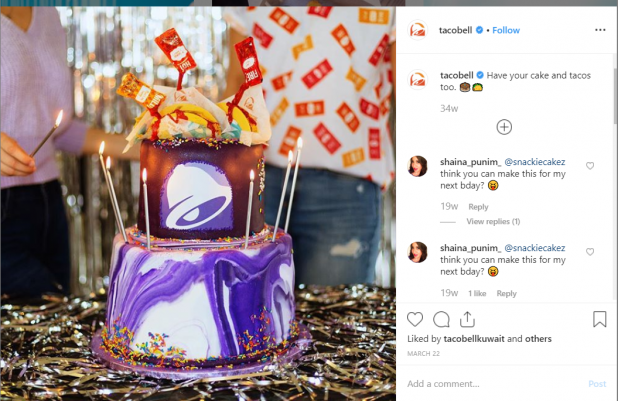Social media is a great platform for brands to connect with their audiences and drive sales, revenue, and success. However, metrics such as the number of shares, likes, and views aren’t sufficient to measure your brand’s success.
So what should you do?
To understand how well you’re promoting your brand on social media, you should check and analyze how your audience is engaging with your content.
This is where a social selling strategy comes into the picture.
A powerful social selling strategy helps you make the most of social media by helping you connect with your audience in more meaningful ways. It also helps you convert them into prospects and customers.
Social selling is all about understanding your audience better to enhance their experience by adding value in your conversations with them.
Here are a few tips you can use to improve your social selling strategy:
1. Build Your Credibility
Buyers purchase from brands they know, like, and trust. Building strong reputations helps establish credibility and trust among your audience. One of the best ways to build credibility for your brand is via social networks.
Every single Instagram post, Facebook comment, or Tweet gives you the opportunity to show your audience what value you can provide to them. Social networks are a great place to connect directly with your audience and establish a solid foundation of trust.
Here are some actionable tips to build the credibility of your brand:
- Share relevant articles and other forms of content from your industry.
- Quickly respond to complaints and queries to enhance their customer experience.
- Keep your audience entertained and well-connected to your brand by sharing relatable content.
- Add thoughtful insights to conversations that provide value to your readers.
- Share social proof. For instance, you can share pictures of your customers with your product, their reviews, how they used the product, etc.
You can also leverage influencer marketing to gain the trust of your target audience.
Influencers are people who have amassed a relatively higher number of followers on social media platforms by creating attractive content. They interact with their followers one-on-one and know exactly what their audience likes, dislikes, what stirs up a debate, etc.
By collaborating with influencers in your industry, you can reach out to their audience and build credibility.
For example, Danielle Peazer, a fitness influencer, collaborated with Naked Juice, a healthy drink brand, to promote them.

2. Discover Prospects by Monitoring Relevant Conversations
The best way to get better at your social selling is by understanding who your prospective customers are and what they want. By analyzing them, you will be able to personalize your offerings and provide better customer experiences.
Track what your prospects and customers are posting on social channels to identify useful information that will help you create content that they’ll most likely engage with. You can use social media listening tools to help you monitor what people are saying about you, your services, and your competitors.
Identify common pain points that they’re facing and come up with solutions to address them. Watch for any feedback that might help you cater to your customers better too. This way, you’ll be able to nurture your relationship with your prospects and enhance their loyalty to your brand.
Use all of the data you have collected from monitoring social networks to personalize your communications with them. You could also engage with the posts where they’ve tagged or mentioned you.
For example, here is a customer who is complaining about a specific feature of Adobe, and look how promptly and brilliantly the brand has come up with a solution.

3. Consistently Provide Value
One of the most efficient ways to amp up your social media strategy is by providing value to your audience consistently.
You should create informational content that can enrich your audience’s knowledge. Additionally, you should consider sharing useful content created by others as well.
Your focus shouldn’t be on hard-selling your products or services. It’s also essential to keep coming up with useful content regularly to establish yourself as an authority figure in your niche. Once you have garnered the trust of your audience, it’s essential that you continuously engage with them by providing valuable contributions.
Note how HubSpot regularly shares insightful content created by them and others from the industry as well.

To create informational content that resonates with your audience, you should understand what they like. For this, you can leverage AI-powered tools like Cortex. Through data-driven insights, it helps you figure out what aspects of your content resonate the most with your audience.
But how can you consistently provide value?
Here are a few actionable tips that you can use to create valuable content on social media:
- Share your expertise.
- Address your audience’s queries and offer them solutions.
- Always stay focused on potential customers.
- Use relevant hashtags on your social media profiles to reach a wider audience.
- Engage with influencers in your industry to stay connected with your target audience.
4. Nurture Your Prospects
You identify and reach out to your prospects, but oftentimes, they are just not ready to convert.
What next?
Depending on your industry, your services, and your brand’s reputation, it might take days, weeks or months to turn a prospect into a customer. During this time, the best thing that you can do to engage with them is by nurturing them.
While you could use emails to communicate with your prospects, one of the major drawbacks of that is that everybody’s doing it. Unless you hone your content creation skills and come up with catchy subject lines, your email may not even be opened.
Nurturing your prospects the right way makes your social selling strategy more effective. You can reach out to your prospects on social media platforms like Instagram, Facebook, YouTube, or LinkedIn.
When communicating with them, remember that you’re there to nurture them, provide insightful information, help address their challenges, and build more trust.
Try to add a personal touch to your communications with them to improve your relationships with them.
5. Build Trust by Sharing Success Stories
Your company may have achieved a milestone or organized a phenomenal fundraising program for a social cause. But there’s little chance that your customers will know about it unless you share it with them.
Moreover, it’s better to share your success stories directly with them instead of having them find out about it from a third-party network like a news website.
Sharing success stories with your audience helps build emotional connections with them.
For instance, if your company organized a nature-driven campaign where you planted over a million trees, you should share it with your audience on social networks. Take the opportunity to tell them how your brand fosters such campaigns and believes in nurturing the environment.
You can also share customer success stories when you hit a milestone on your social networks.
For instance, Taco Bell shares their special occasions with their audience on social media. Note how they celebrated the brand’s birthday and shared it with their audience.

There are many ways through which you can create and share success stories with your audience:
- Run a campaign for a social cause.
- Create branded hashtags. Ask your customers to share their experience of using your products or services using the hashtag and feature them as your success stories.
- Share BTS (behind-the-scenes) content of your company.
- Take your audience through a visual journey of how your brand evolved.
Takeaways
These tips can help you enhance your social selling game and turn your leads into your customers. When implemented together, these tactics can boost your social media performance and drive brand awareness.
To improve your social selling strategy, you should create valuable content to build your credibility and discover what your audience likes by monitoring social media platforms. It’s also necessary to nurture your prospects and build trust in your brand by sharing your success stories with your audience.





